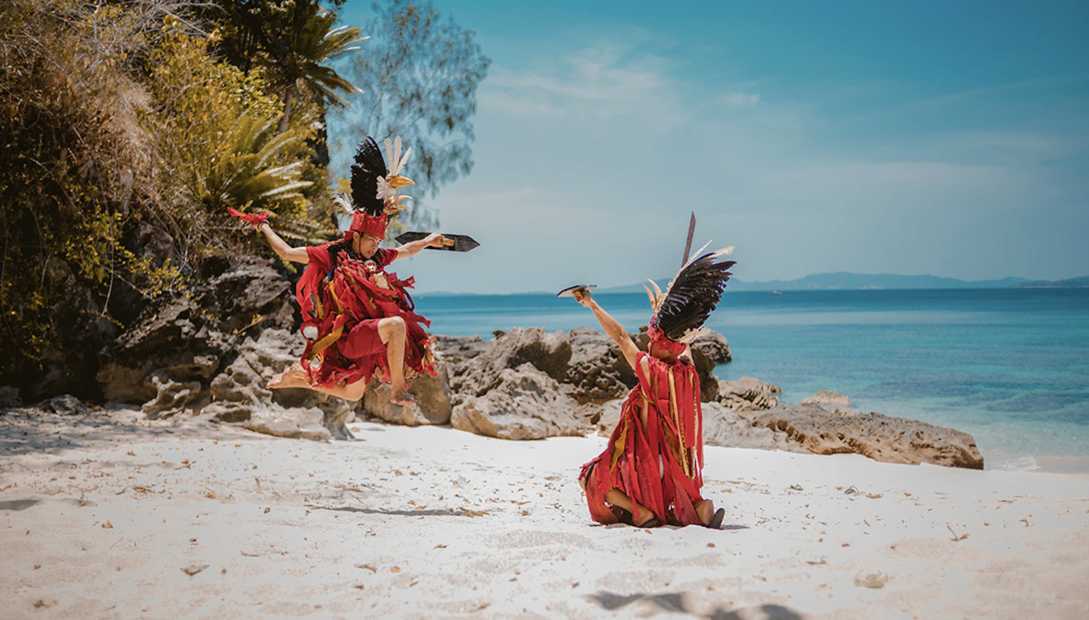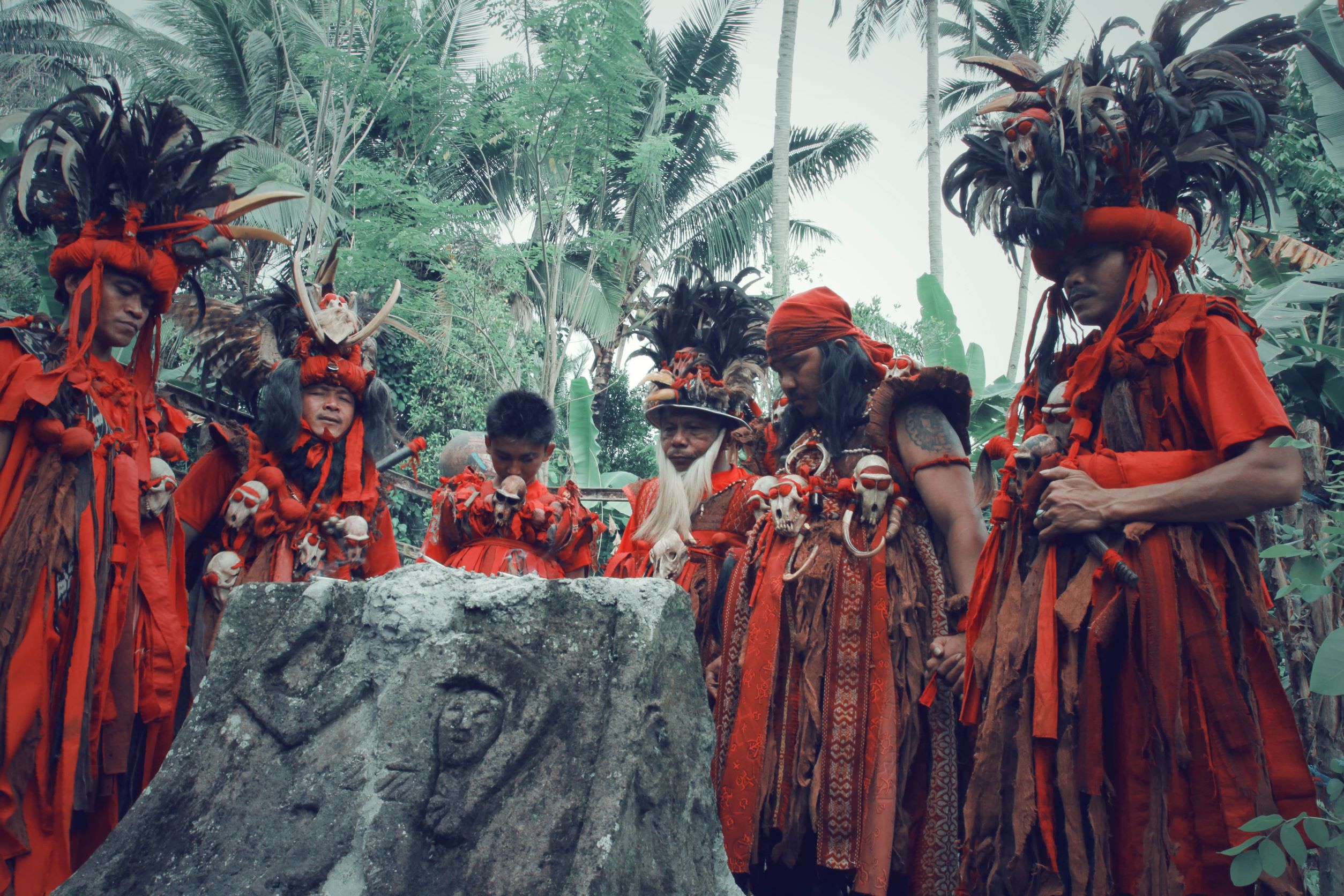What you'll do
Alongside Lake Toba, Borobudur Temple, Labuan Bajo, and Mandalika, Likupang is included in the super priority destinations initiated by the Ministry of Tourism and Creative Economy. Located in North Sulawesi, this area is renowned for its stunning underwater scenery. Besides its extraordinary natural potential, Likupang also boasts diverse arts and culture as described below.
Alongside Lake Toba, Borobudur Temple, Labuan Bajo, and Mandalika, Likupang is included in the super priority destinations initiated by the Ministry of Tourism and Creative Economy. Located in North Sulawesi, this area is renowned for its stunning underwater scenery. Besides its extraordinary natural potential, Likupang also boasts diverse arts and culture as described below.
Your itinerary

1. Kolintang Music
Kolintang is a traditional musical instrument from Minahasa, North Sulawesi, and is also a source of pride for the people of Likupang. It resembles the Gambang musical instrument found in Java but produces a more complete sound with a unique playing technique. Based on the tones produced, Kolintang is divided into 9 types: Ina Teweng (melody 3), Ina Rua (melody 2), Ina Esa (melody 1), Katelu (ukulele), Uner Rua (alto 2), Uner (alto 1), Karua Rua (tenor 2), Karua (tenor 1), Loway (bass), and Cella (cello). In Likupang, Kolintang is typically used to accompany dance performances, traditional rituals, song accompaniments, and music shows. Though traditional, Kolintang is often paired with modern instruments to accompany jazz and pop songs today.
Kolintang is a traditional musical instrument from Minahasa, North Sulawesi, and is also a source of pride for the people of Likupang. It resembles the Gambang musical instrument found in Java but produces a more complete sound with a unique playing technique. Based on the tones produced, Kolintang is divided into 9 types: Ina Teweng (melody 3), Ina Rua (melody 2), Ina Esa (melody 1), Katelu (ukulele), Uner Rua (alto 2), Uner (alto 1), Karua Rua (tenor 2), Karua (tenor 1), Loway (bass), and Cella (cello). In Likupang, Kolintang is typically used to accompany dance performances, traditional rituals, song accompaniments, and music shows. Though traditional, Kolintang is often paired with modern instruments to accompany jazz and pop songs today.
2. Tumatenden Dance
In addition to traditional musical instruments, Likupang also has another form of art, the Tumatenden Dance. This traditional dance portrays a Minahasa folk tale through its movements. The story tells of a farmer who falls in love with a fairy, and the dance movements bring this narrative to life. Technically, the Tumatenden Dance is usually performed by one male dancer and seven to nine female dancers, matching the characters in the story. The dance continues to be preserved in Likupang and is often performed at cultural festivals, traditional weddings, and guest receptions. To create a surprising performance, some Tumatenden Dance shows incorporate creative variations in the accompanying music.
3. Ampa Wayer Dance
Unlike the Tumatenden Dance, the Ampa Wayer Dance brings a more modern feel and is closely related to ballroom dancing. According to the Ministry of Culture and Education, the Ampa Wayer Dance emerged during World War II, around 1944-1945. The word "Ampa" means "Four" and "Wayer" means "Propeller," named during an air raid between Allied forces and Japanese forces. The dance consists of six movements: the opening dance with rhythmic and strong music, the waltz, rumba, tango, swing, and the closing dance. Male dancers wear formal attire similar to a suit, while female dancers wear classic European-style gowns.
4. Foso Rumages Ritual
The cultural diversity of Likupang is also reflected in the Foso Rumages Ritual. "Foso" means ritual, and "Rumages" means sincere offerings to the Almighty God. Historically, the ancestors performed this tradition as an expression of gratitude for the harvest. The Foso Rumages Ritual includes various offerings, from dances and songs to special foods made for the ancestors. These four cultural arts are still preserved by the people of Likupang. In addition to its marine and cultural wealth, Likupang also offers a variety of culinary delights such as Lalampa, Cakalang Fufu, Pisang Goroho, Bubur Tinutuan, Binte Biluhuta, and Nasi Kuning. With such a rich array of nature, culture, and cuisine, Likupang is undoubtedly a must-visit on your travel dream list.




